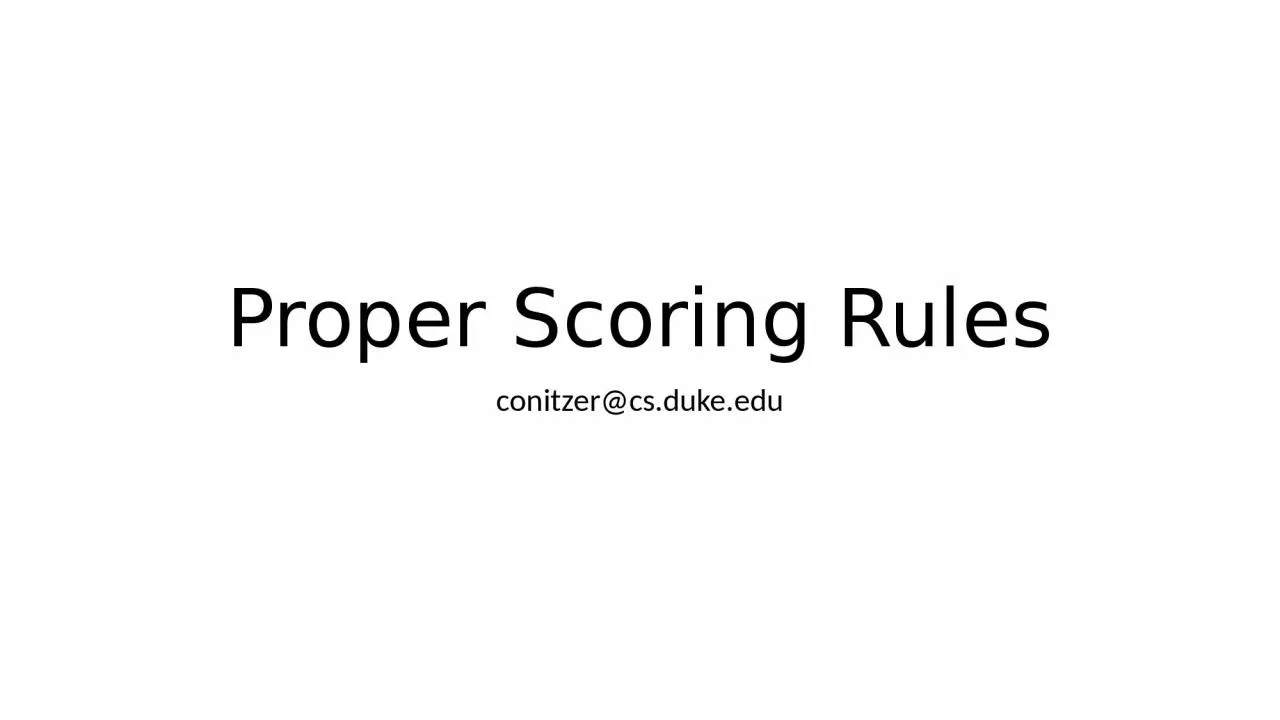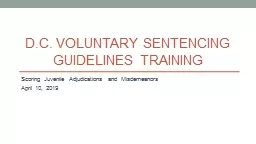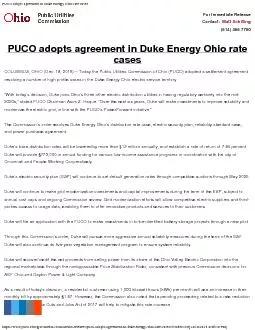PPT-Proper Scoring Rules conitzer@cs.duke.edu
Author : adah | Published Date : 2023-11-08
Probability forecasts 0 1 no rain rain rain 100 no precipitation 001 snow 010 What makes a probability forecaster good Calibration in the long run of all the times
Presentation Embed Code
Download Presentation
Download Presentation The PPT/PDF document "Proper Scoring Rules conitzer@cs.duke.ed..." is the property of its rightful owner. Permission is granted to download and print the materials on this website for personal, non-commercial use only, and to display it on your personal computer provided you do not modify the materials and that you retain all copyright notices contained in the materials. By downloading content from our website, you accept the terms of this agreement.
Proper Scoring Rules conitzer@cs.duke.edu: Transcript
Download Rules Of Document
"Proper Scoring Rules conitzer@cs.duke.edu"The content belongs to its owner. You may download and print it for personal use, without modification, and keep all copyright notices. By downloading, you agree to these terms.
Related Documents














